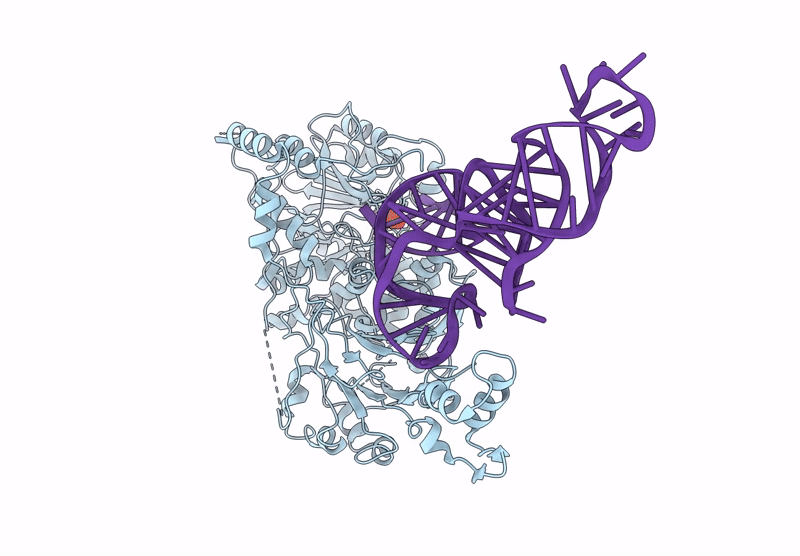
Deposition Date
2024-04-11
Release Date
2024-12-18
Last Version Date
2025-06-25
Method Details:
Experimental Method:
Resolution:
4.30 Å
Aggregation State:
PARTICLE
Reconstruction Method:
SINGLE PARTICLE


